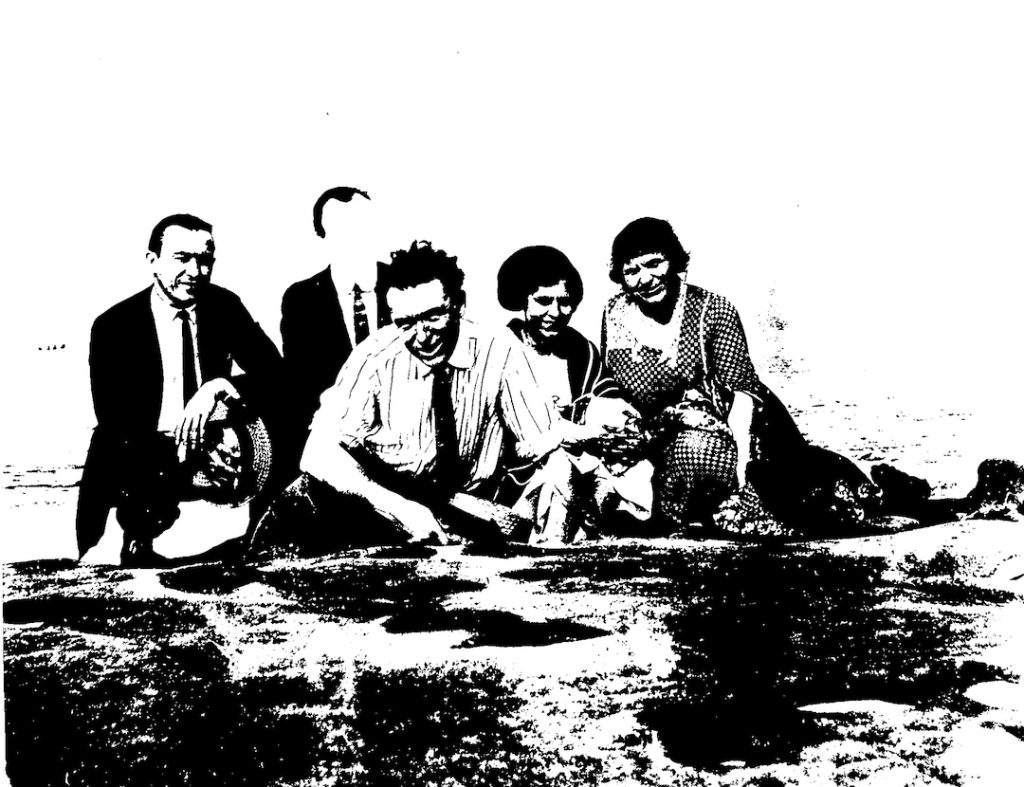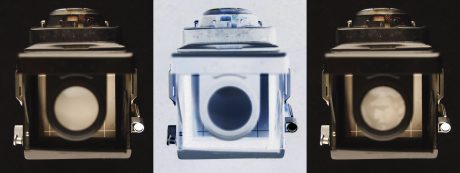Foreword
In the spring of 2004, a peculiar document surfaced in an obscure municipal archive in Buenos Aires, Argentina. Its contents—a motley assortment of idiosyncratic scrawls, organized into three unmarked manila folders—offered abundant evidence of a rare intellectual force, if few indications of the author’s identity. One notation, etched in pencil inside the back cover of the third portfolio, furnished the following datum: “C. Roberto Valaco. Schriftatlas.”
As subsequent inquiries have suggested, Roberto Valaco (born Robert Konstanz Wälke?) may have counted among some twenty-thousand German conscripts furloughed from the front lines near the end of World War II, in order to appear as movie extras in the epic costume drama, Kolberg, the Third Reich’s last and costliest film production. Chimerical at best, Valaco’s scant allusions to the experience in his “Atlas of Writing” would constitute the sole known testimony to date by any of the storied Kolberg extras.
Evidently a recluse, likely an autodidact, certainly a man of prodigious if enigmatic critical faculties, Valaco was consumed with issues ranging from the nature of memory and forgetting to the pursuits of scavenging and discarding, from the philosophical dimensions of vision to the vexed conditions of archival practice per se. Hence, for REASArch, the Schriftatlas offers but one unique inflection point—by turns seductive and inscrutable—about which to structure and continually restructure the Valaco Archive.
The materials provided here, a minute sampling of the larger project, will doubtless appeal to those concerned with questions of the total archive. We invite you to continue your researches at http://valacoarchive.com. Those with specific information relating to the life and thought of Valaco should contact Vadig de Croehling directly at vadigdecroehling@reasarch.com. Please stay abreast of the ongoing projects of REASArch at http://reasarch.com.
* * *
From “Preliminary Theses on the Nature of the Archive”*
- The archive is not the repository of its artifacts (though one may find artifacts in the archive); rather, the archive is a network of events both potential and conjectural.
- The archive does not so much contain, fix, or frame some thing or set of things (we may call these things the bodies of the archive) as it flashes up from the transitory, ineffable convergence of numerous errant bodies, the traces of which describe an ever-shifting frontier.
- The archive is no surrogate for cultural memory, nor is it the bedrock of an immanent, monolithic History (though memory and history alike may surely be summoned in and by the archive); rather, the archive is intrinsically multiple, constitutionally liminal.
- The archive does not equal, imitate, supplant, or otherwise eclipse some form of autonomous knowledge; rather, the archive is a horizon of such knowledge, just as any knowledge is but a horizon of innumerable archival impulses.
- One cannot maintain that “everything is an archive,” just as one shall never alight upon an “archive of all things”; rather, one may discern, in any single thing, the rumor of untold archives past and future.
- The archive is not one and is no one. There is no one that is not, already, an archive beyond measure.
*In “Thesis/Metathesis,” Anarchaeolog
Excerpts from the Schriftatlas of Roberto Valaco:
What of the collector impelled not by abundance and redundancy, but rather by poverty and concentration, by scarcity and singularity? What of the collection conceived as a projection of lost objects—that is, of things one can neither locate nor produce—of items to be sought and never found? What do we call that archive of collected objects dislodged a priori from the (linear) history of their acquisition? (I, 8a)
…Indeed, the image—and so the document, if not the datum in itself?—conceals within it the very diagram of its inevitable, innumerable reappropriations. That is to say, the image presages and prefigures something like a vast, indeterminate expanse of fertile if fallow pastures, to any one of which it may at some point be cast—as a spore by a subtle wind—and into any soil of which it may be sifted, sewn, hence reincorporated as though into a sward to which it seems proper, when in fact this sudden ground can be no less than fundamentally alien—hence, ontologically improper—to the ever wayward image…. An image, stated otherwise, is the harbinger of its own proliferation and diminution in space, a concentration of the improper, an infinite density of loss and the unending iteration or dispersion of that loss…. (II, 7a)
Madness is an image that resides between the absence of its object and the evidence of its past existence. Such an image mediates between the visible absence and the “improbable” evidence of a past materiality (some would call this a “truth”). This mediation—the medium—is, hence, a hallucination. I am inclined to think of it as a speculative archive…. (II, 11a)
…Memory as tumultuous ruin, or as shadow of thought, residue of vision? Memory as a damper on the friction of time…. Where there is but ruin, must we reinvent the foundation? Where there is nothing, are we doomed to invent its prehistory? (III, 8a)



